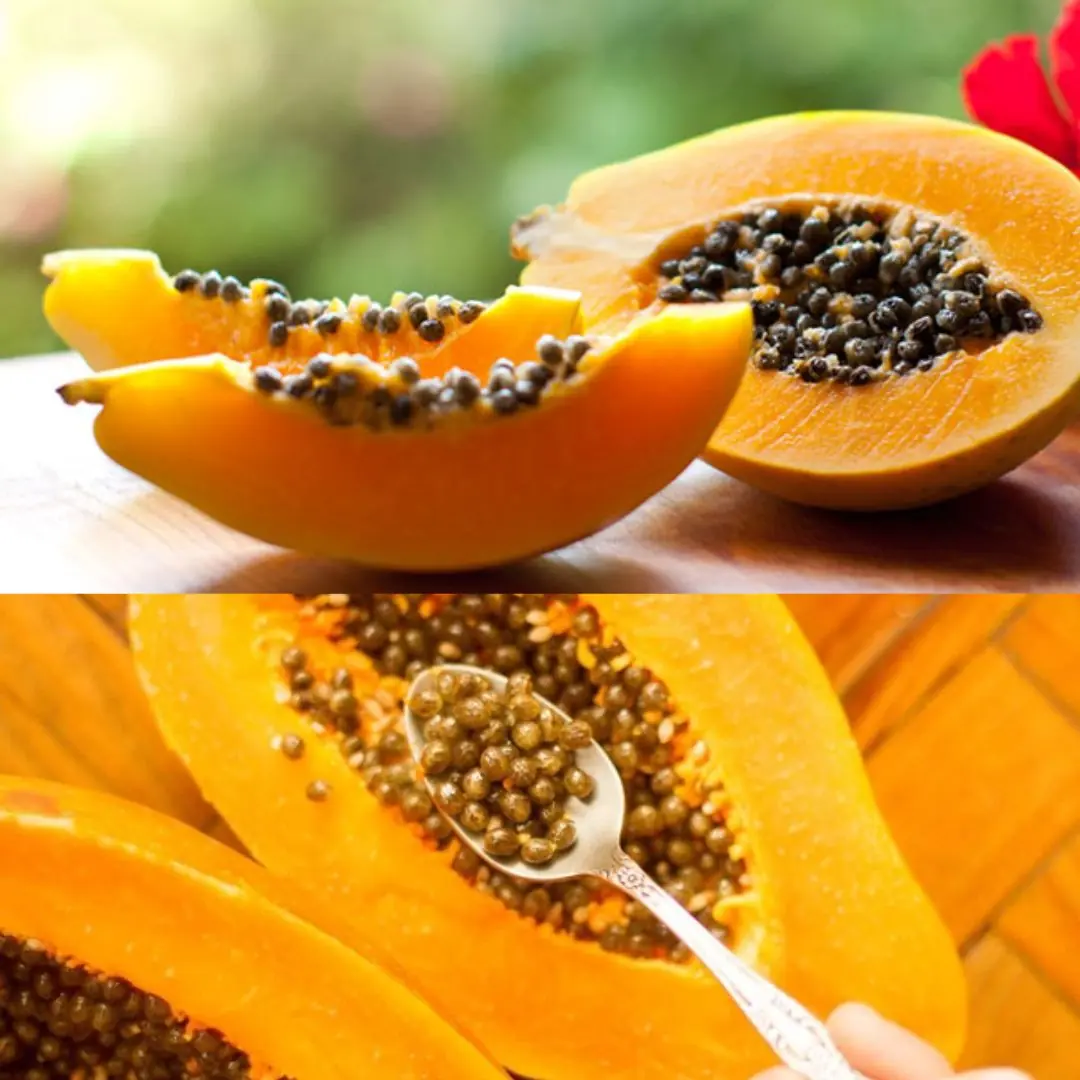
The Datura Genus: Why You Should Keep Your Distance from These Toxic Plants
The Datura genus is famed for its striking yet perilous plants, often called Devil’s Trumpet or Thorn Apple. Despite their alluring appearance, these plants are extremely toxic and pose a severe threat to human and animal health. Below, we explore the Datura genus, its common species, and the dangers associated with these poisonous plants.
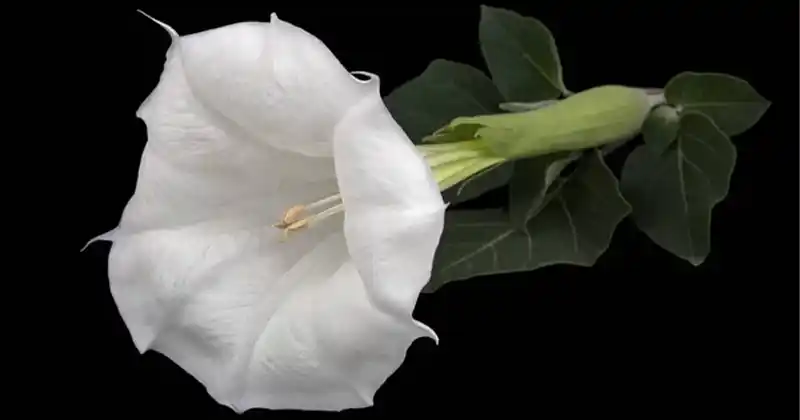
What Is the Datura Genus?
Part of the Solanaceae family, also known as the nightshade family, the Datura genus includes plants native to the Americas that have now spread worldwide. They thrive in disturbed soils, roadsides, and gardens, where they are sometimes mistakenly cultivated for their ornamental appeal.
Identified by their large, trumpet-shaped flowers in shades of white, purple, or yellow, and spiny seed pods, all species within this genus are extremely poisonous. Learn more about their risks in this article on Datura Stramonium.
Common Species of Datura
1. Datura stramonium (Jimsonweed or Thorn Apple)
- Recognized for its white or purple trumpet-shaped flowers and spiky seed pods.
- Known for its hallucinogenic properties, though even small amounts can lead to severe poisoning.
- Learn more about Datura Stramonium’s impact in this in-depth article.
2. Datura metel (Horn of Plenty)
- Features large, showy flowers in white, yellow, or purple.
- Cultivated for its ornamental value but equally as toxic as other species.
- Traditionally used in Ayurvedic medicine, though misuse can be highly dangerous.
3. Datura inoxia (Moonflower)
- Distinguished by its fragrant, white, night-blooming flowers.
- Often confused with the harmless Moonflower vine, causing accidental poisoning.
- Seeds and flowers are particularly rich in toxic alkaloids.
4. Datura ferox (Long-spined Thorn Apple)
- Identified by its larger, spiny seed pods compared to other species.
- Among the most toxic species due to its high concentration of harmful alkaloids.
The Dangerous Alkaloids in Datura

All species of Datura contain potent tropane alkaloids, including:
- Atropine
- Scopolamine
- Hyoscyamine
These substances disrupt the central nervous system, causing severe, life-threatening symptoms. Even minor exposure can lead to poisoning, emphasizing the need for caution.
Symptoms of Datura Poisoning
Datura poisoning can occur through ingestion, inhalation, or skin contact. Key symptoms include:
- Hallucinations and Delirium: Often vivid and frightening, hallucinations are a hallmark of Datura poisoning.
- Dilated Pupils and Blurred Vision: Toxic compounds cause light sensitivity and impaired vision.
- Dry Mouth and Difficulty Swallowing: A classic sign of atropine poisoning.
- Increased Heart Rate and Blood Pressure: These effects can lead to dangerous cardiovascular complications.
- Seizures and Coma: In severe cases, poisoning may result in respiratory failure, coma, or death.
Why You Should Avoid Datura
Extremely Toxic, Even in Small Doses
Ingesting a few seeds or small parts of the plant can trigger severe symptoms, making accidental poisoning a significant risk.
Unpredictable Effects
The concentration of toxic alkaloids varies across plants, making their effects unpredictable and dangerous.
Risk to Pets and Livestock
Datura is toxic to animals, including dogs, cats, and livestock, and ingestion can be fatal. Protect your pets by identifying and removing toxic plants. For tips on managing toxic plants in your garden, read this guide on Coniummaculatum.
Safety Tips: Protect Yourself and Others
- Avoid Touching or Handling Datura Plants: Even handling them can cause exposure to toxic compounds through the skin.
- Keep Datura Away from Children and Pets: The plant’s colorful flowers and seed pods may attract curiosity, but they are lethal.
- Wear Gloves When Gardening: If removal is necessary, wear protective clothing and gloves.
- Educate Others: Share information about the plant’s dangers to help others avoid accidental contact.
Datura plants may captivate with their beauty, but their toxicity and unpredictable effects make them highly dangerous. If you encounter Datura, leave it untouched and spread awareness about its risks. For more information on toxic plants and their safe removal, check out this resource.

Disclaimer: This article is for informational purposes only and should not replace medical advice. If you suspect Datura poisoning, seek emergency medical help immediately.
News in the same category

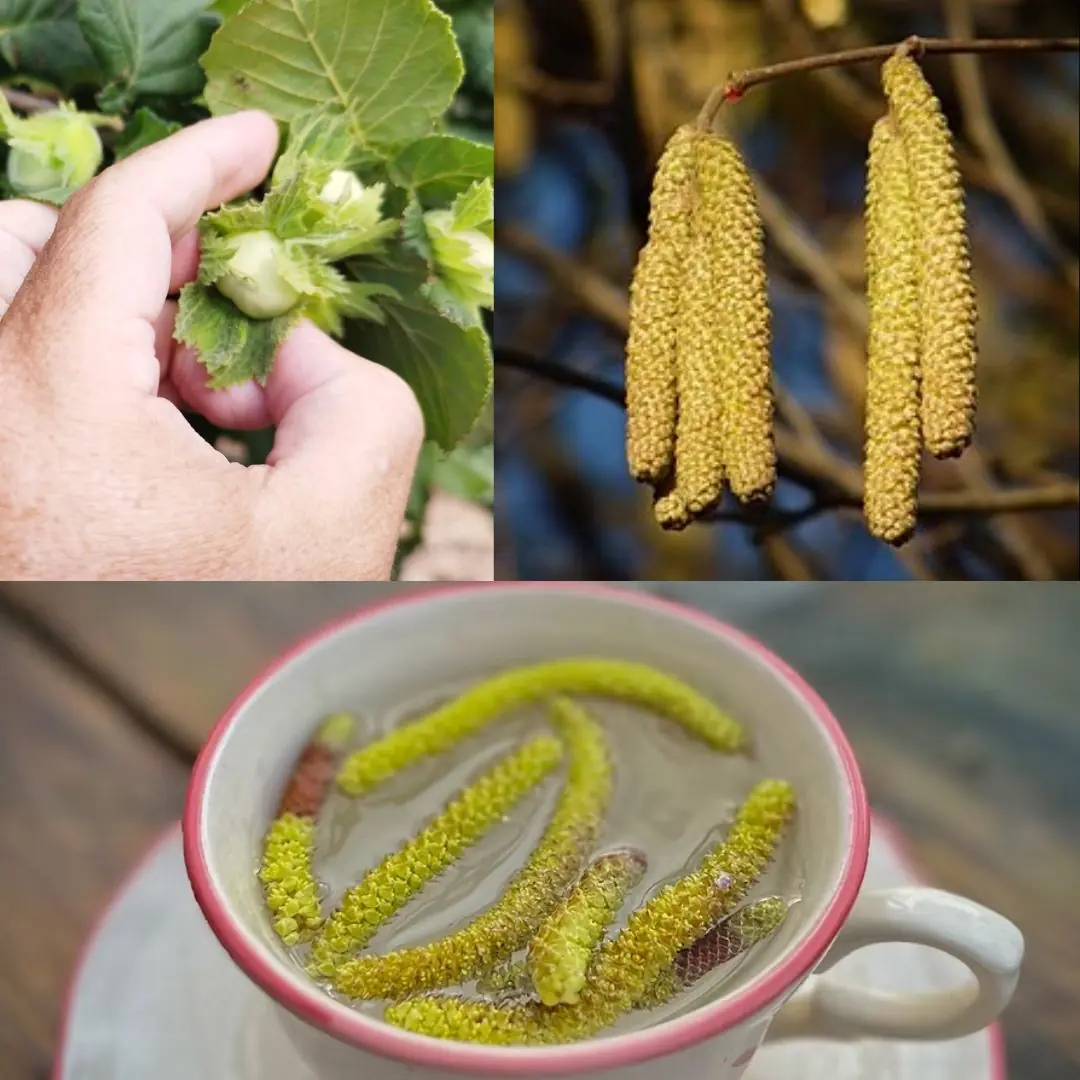
The Wonderful Hazel Tree (Corylus avellana): Nutrition, Healing, and Traditional Uses of Every Part
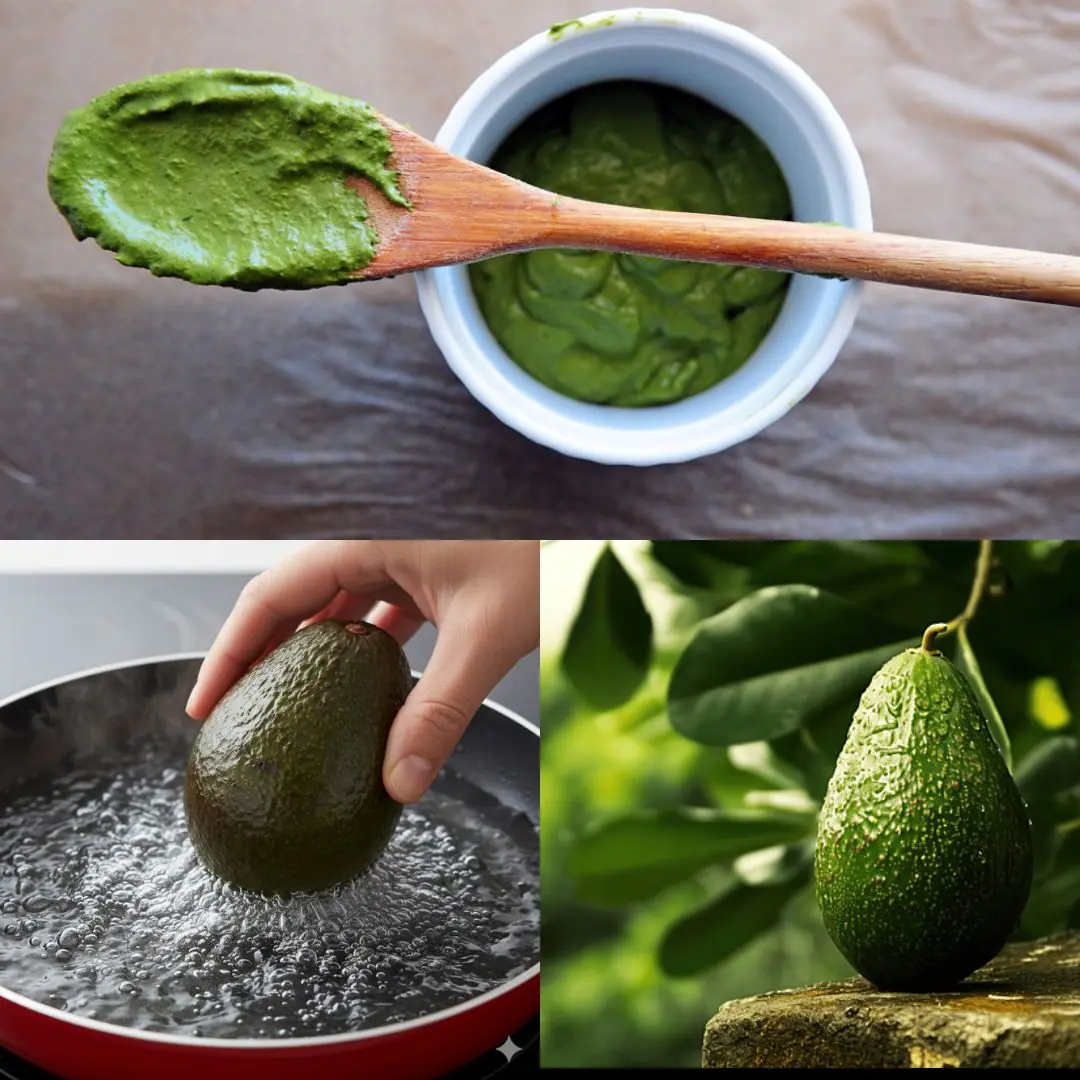
Boiling a Whole Avocado: The Secret to Softness, Nutrition, and a Delicious Baked Recipe
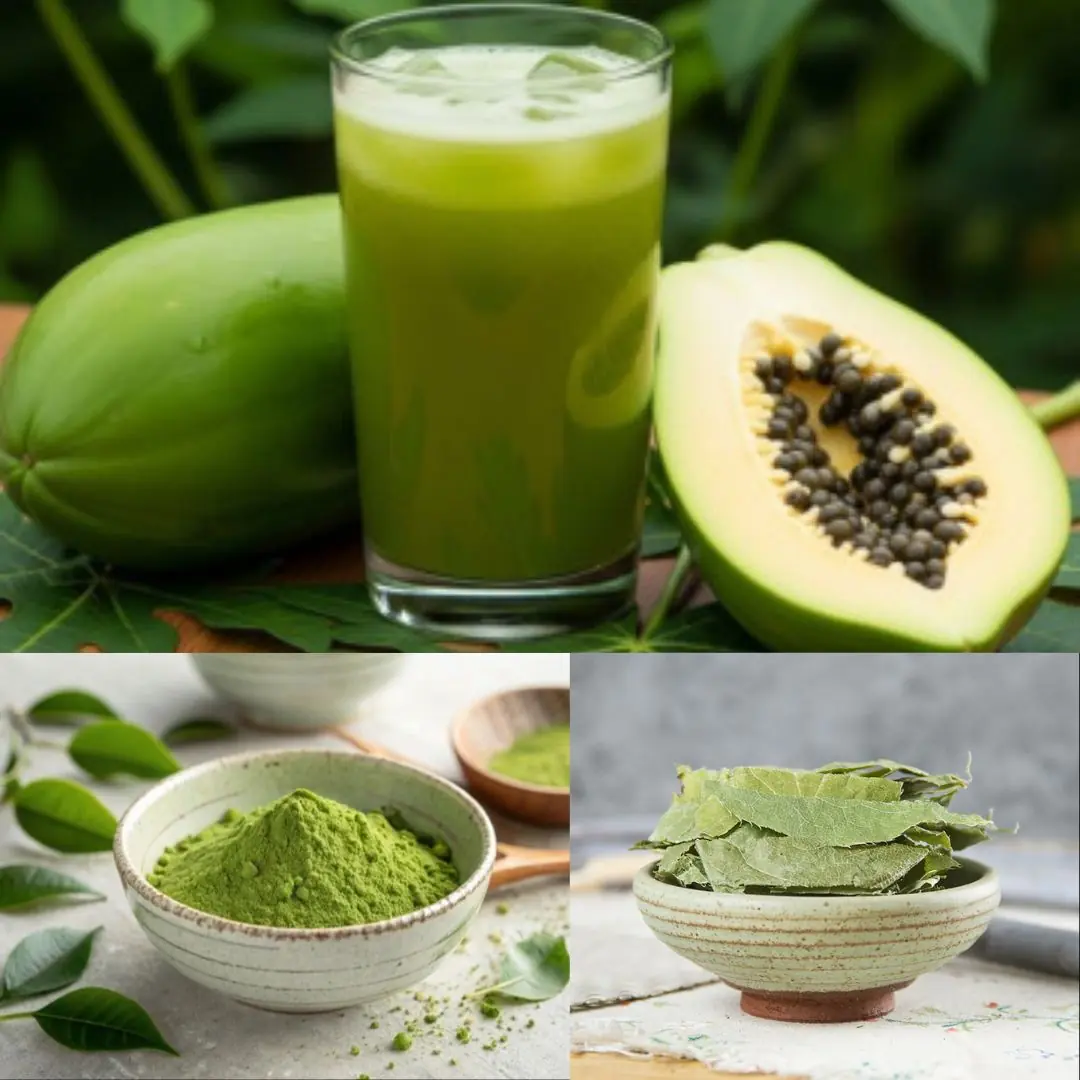
The Hidden Healing Power of Papaya Leaves
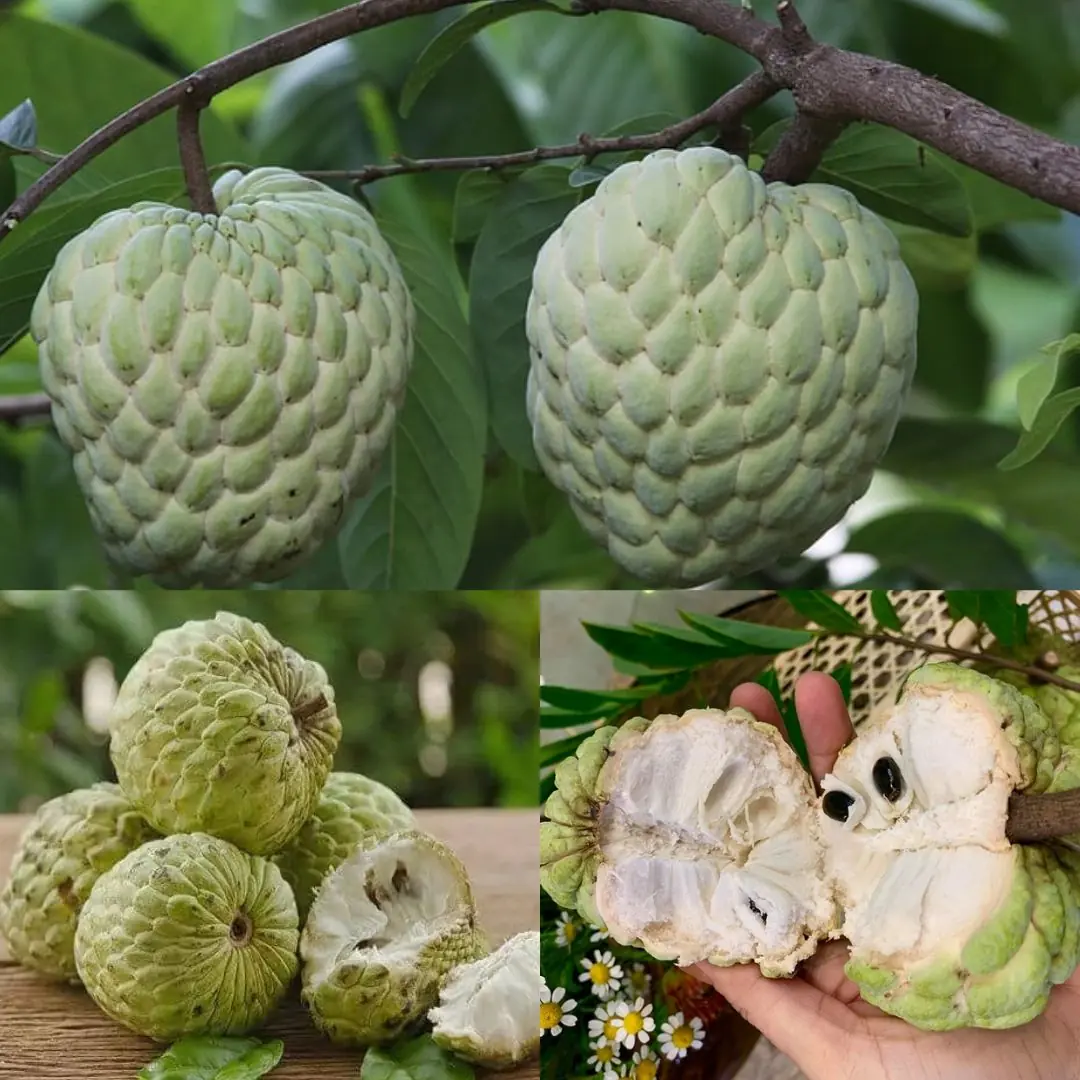
Sugar Apple (Annona squamosa): A Sweet Fruit with Powerful Health Benefits

25 Worrying Signs Your Body Is Trying to Warn You of Serious Health Problems (and What to Do About Them)
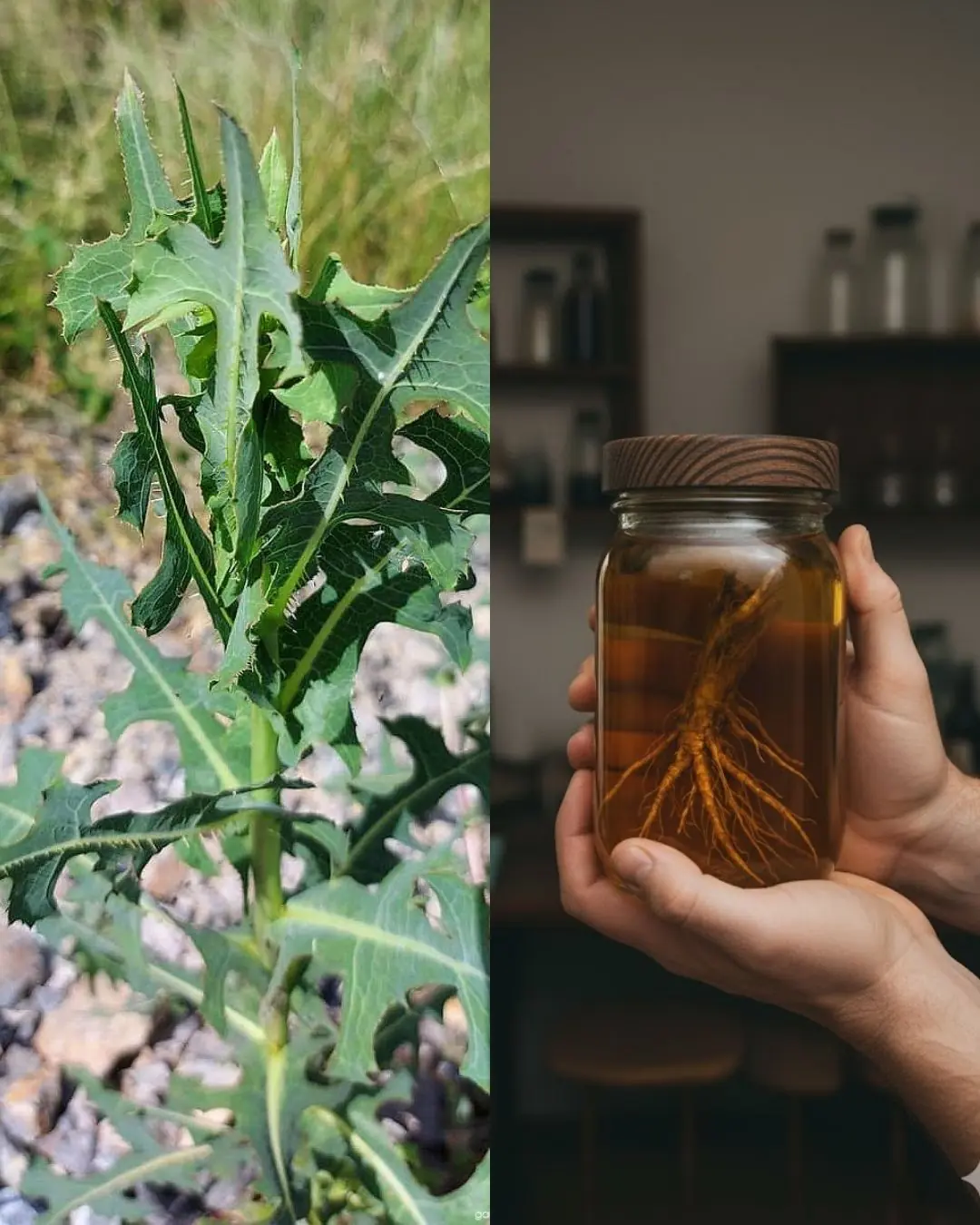
The Hidden Power of Lactuca serriola Root (Prickly Lettuce Root)
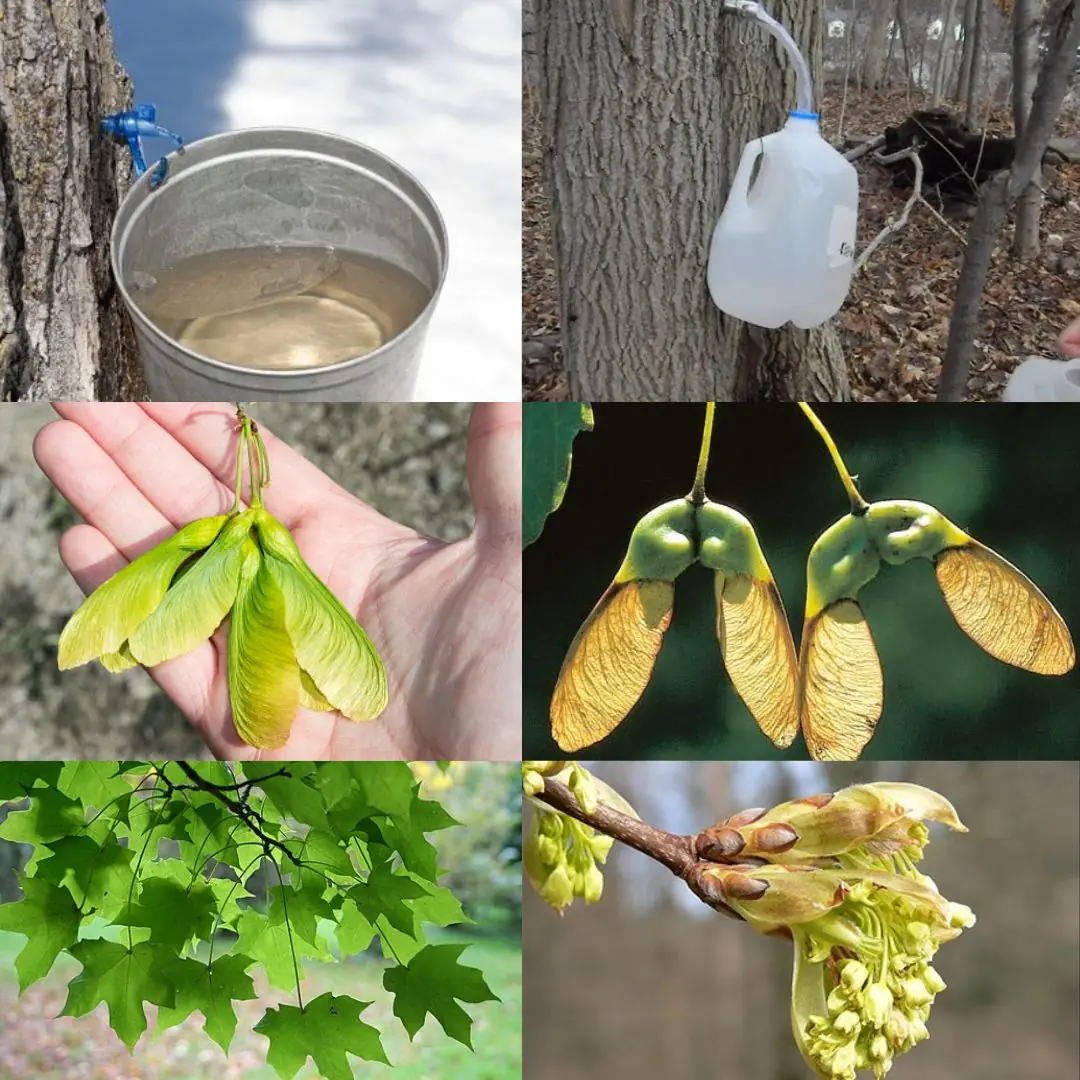
Maple Trees from Root to Crown: A Complete Guide to Every Edible Part
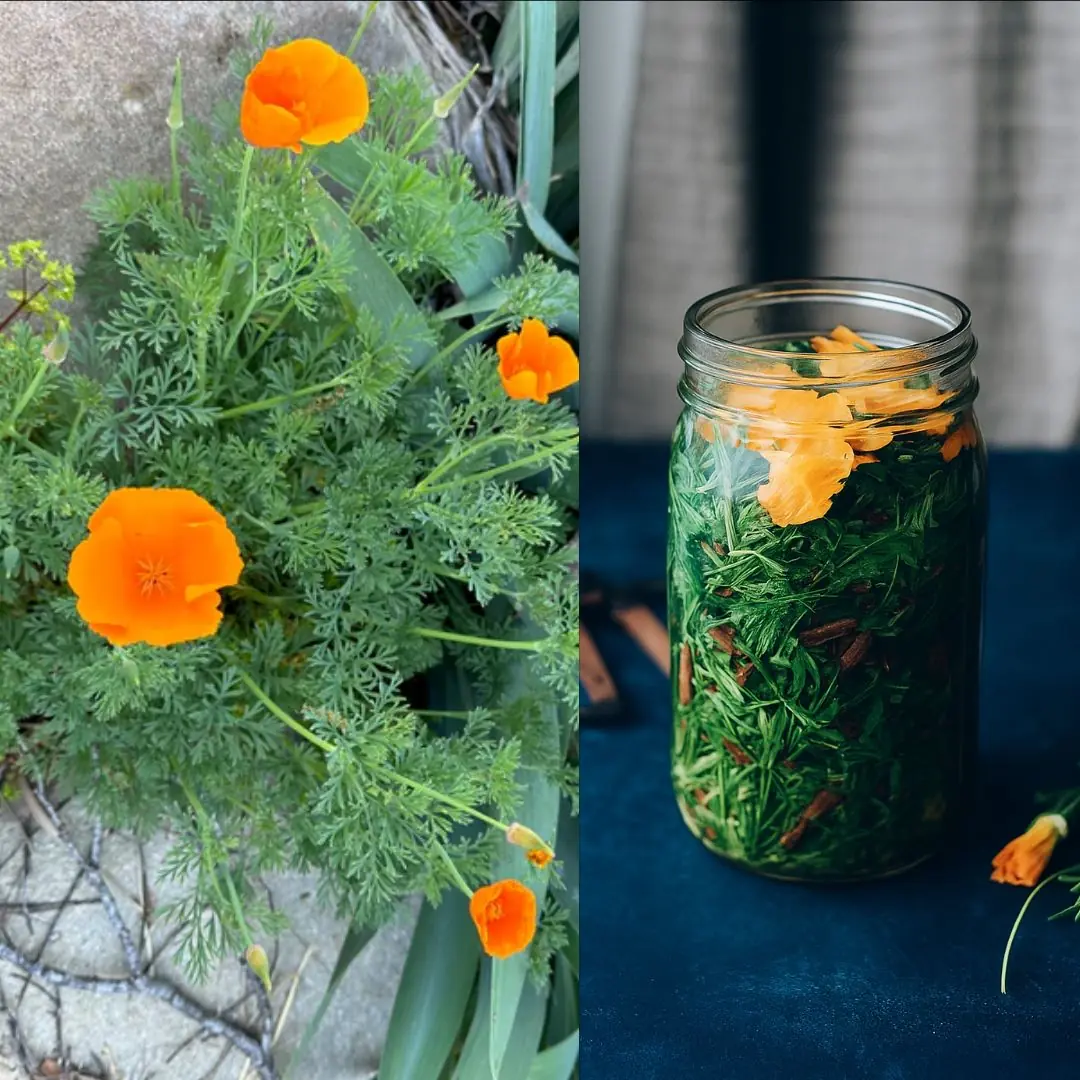
California Poppy: Nature’s Gentle Remedy for Relaxation and More
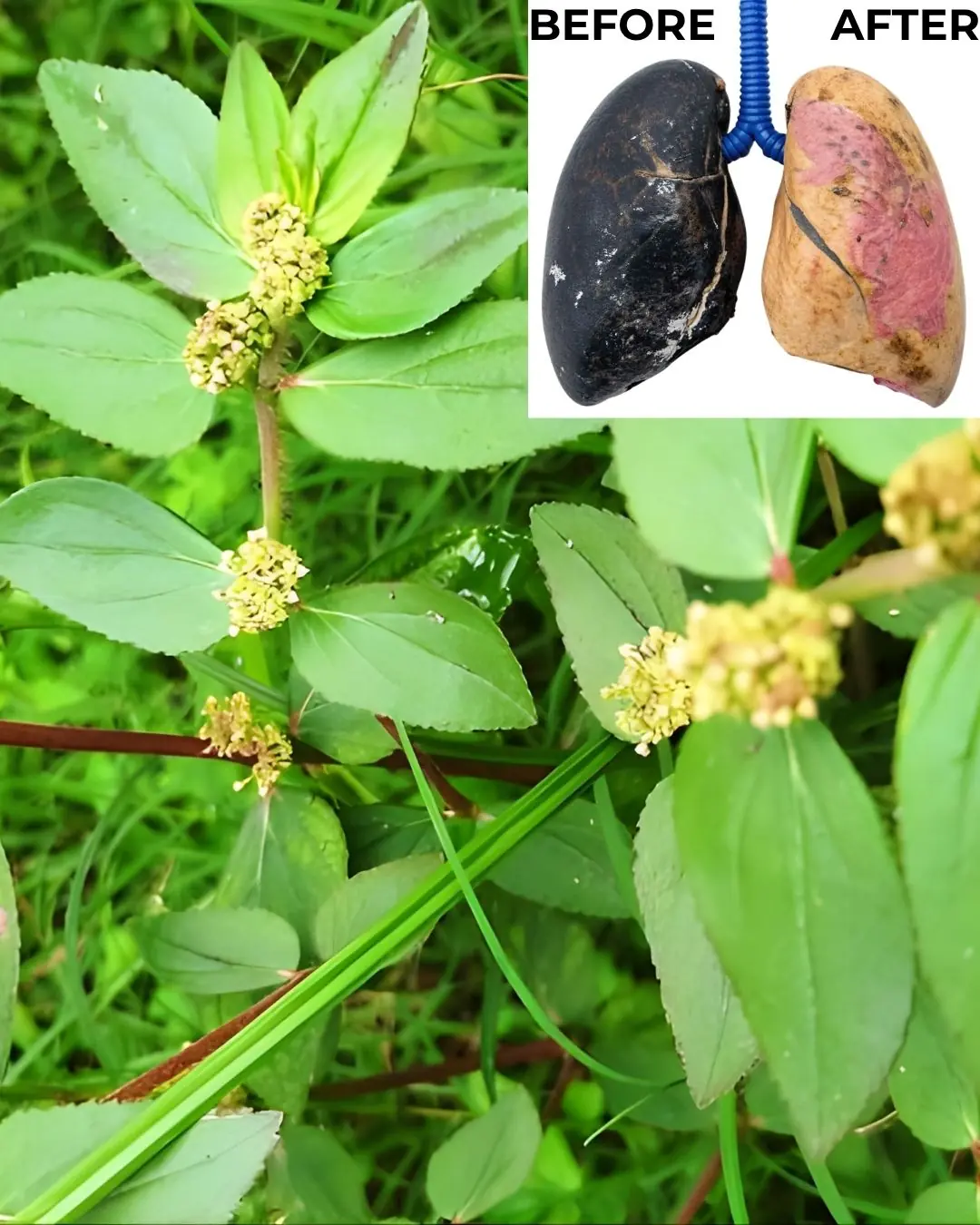
Euphorbia Hirta: 30 Benefits and How to Use It Safely
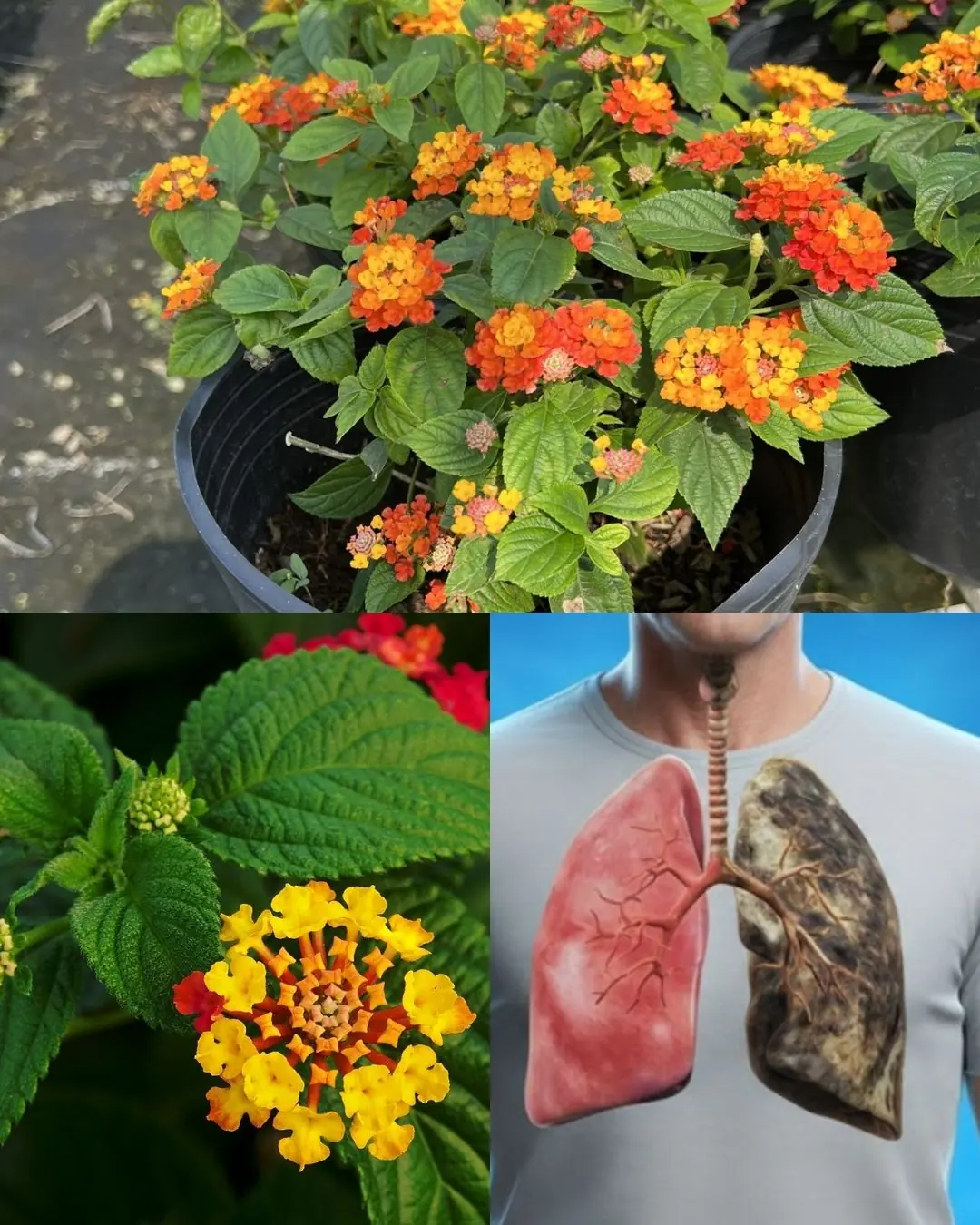
The Hidden Power of Common Lantana (Lantana camara): What You Can Safely Do with It at Home
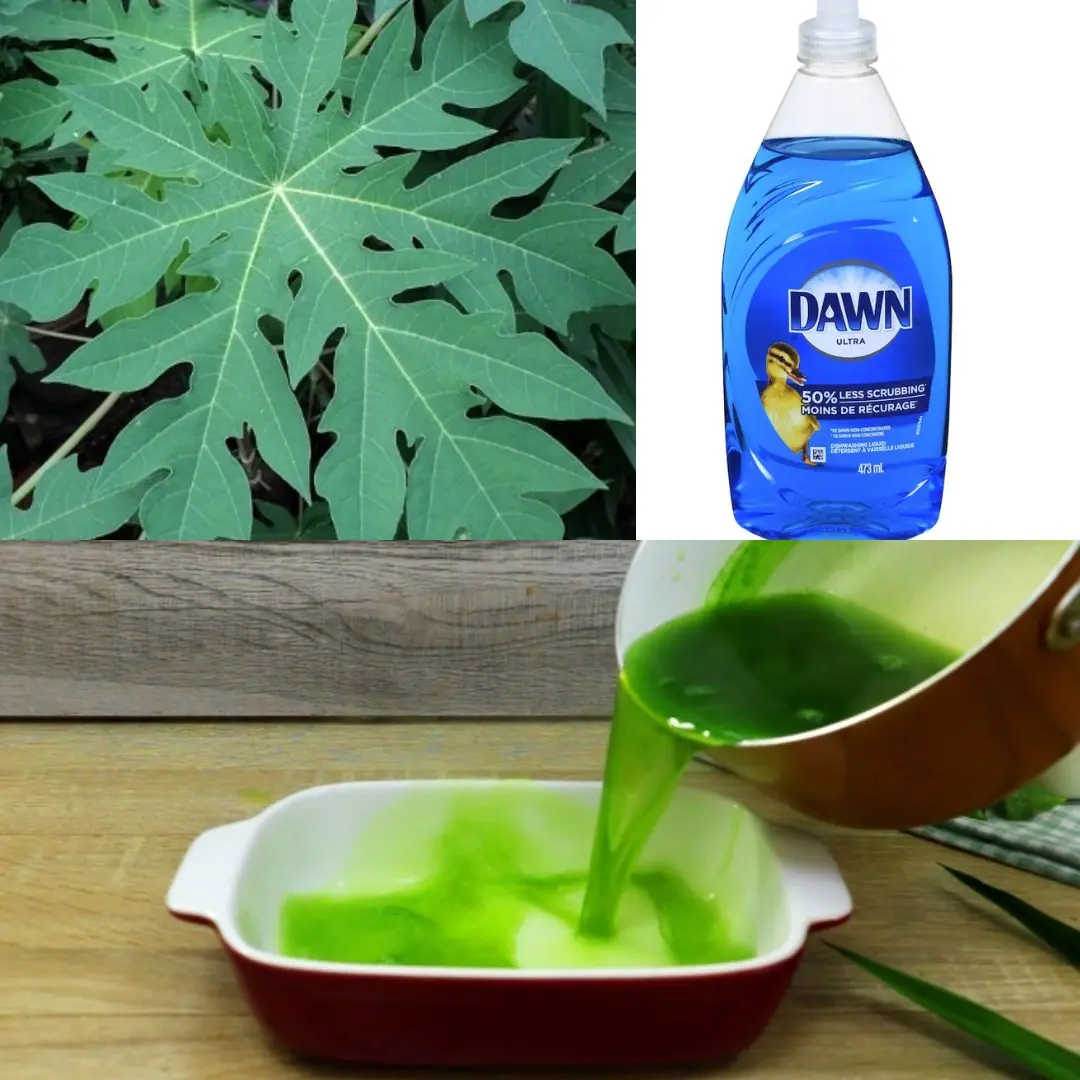
Turn Papaya Leaves Into a Powerful Homemade Detergent
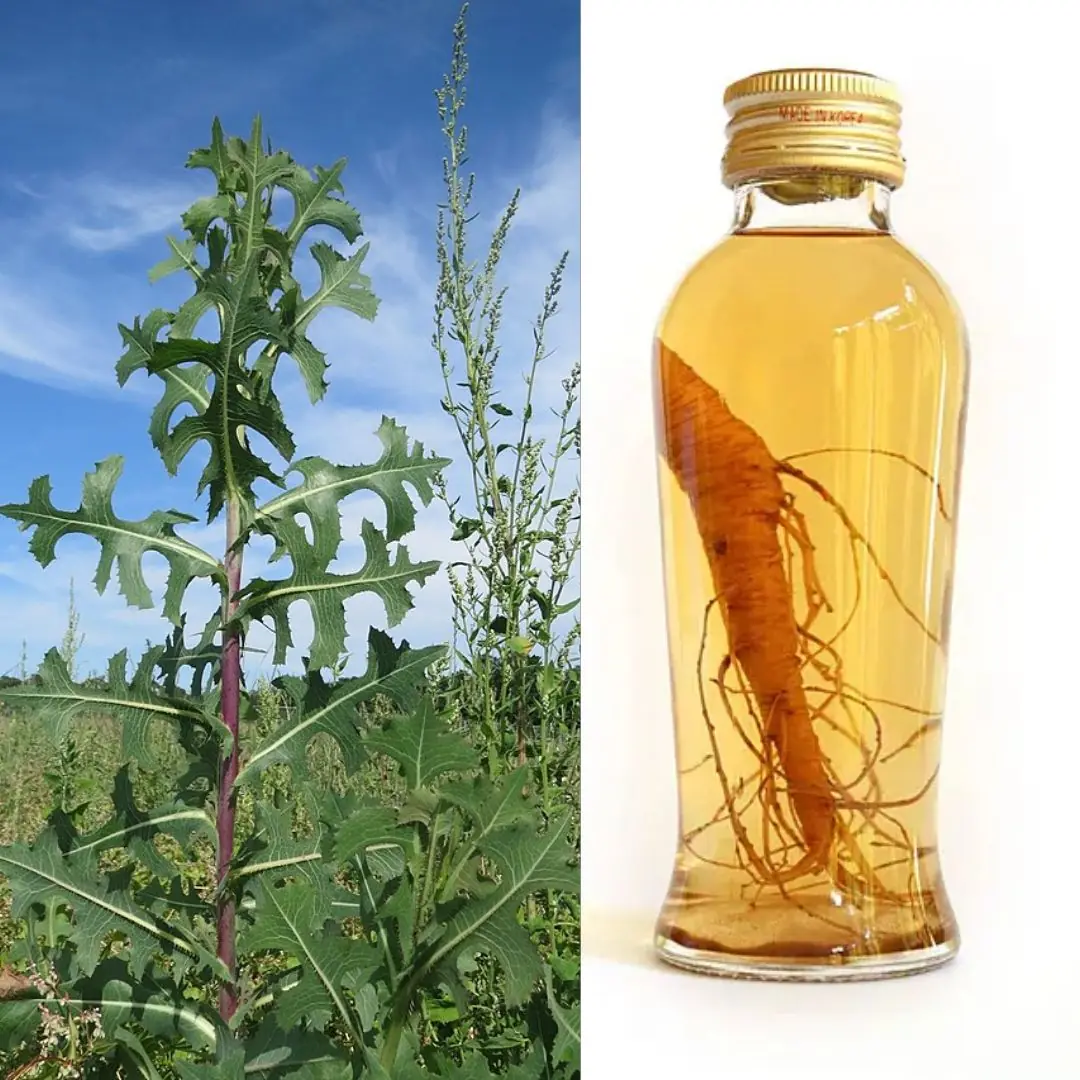
Wild Lettuce Root – Benefits, Uses, and Natural Pain Relief Properties
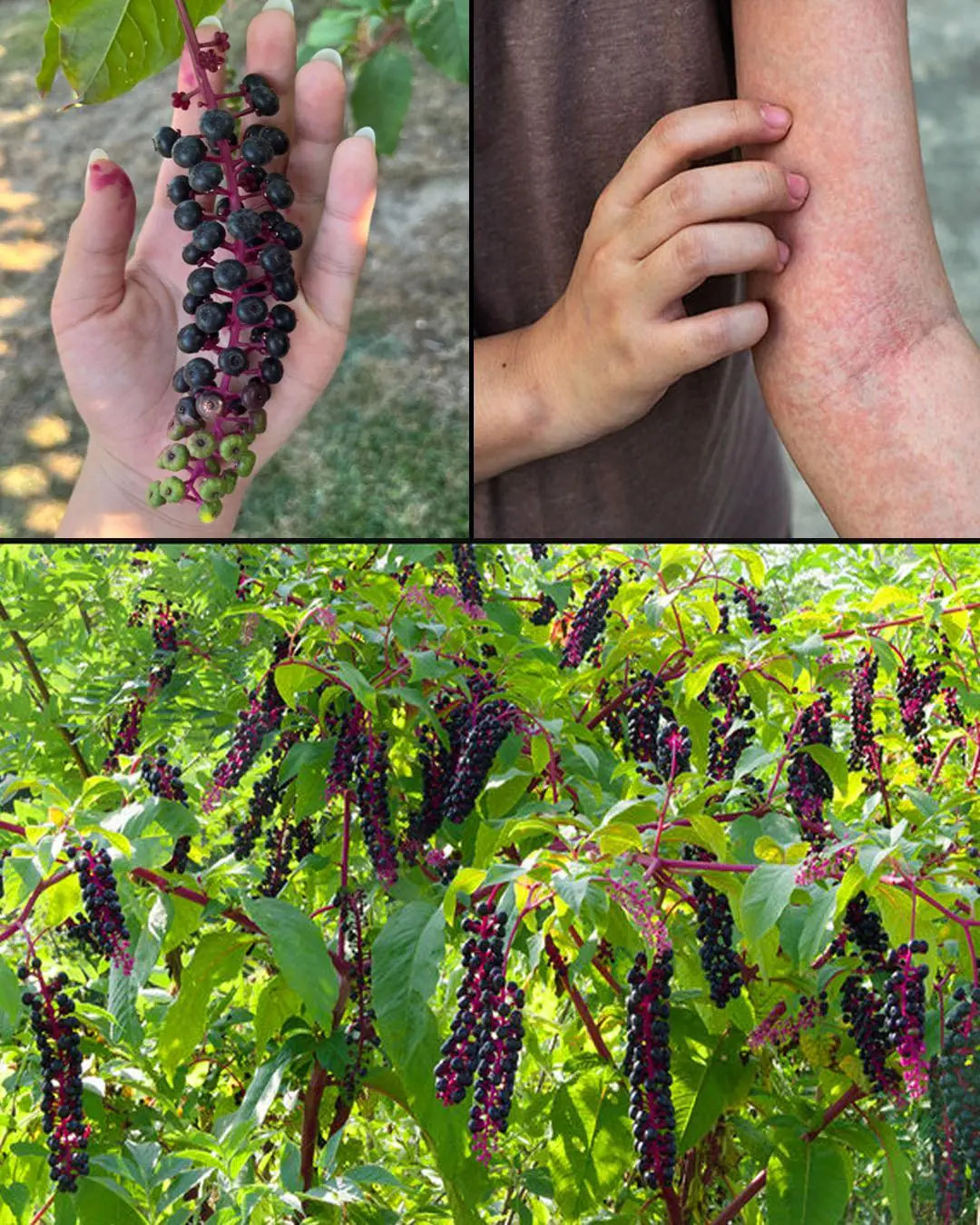
Pokeweed: The Attractive but Highly Toxic Plant Growing in Your Backyard
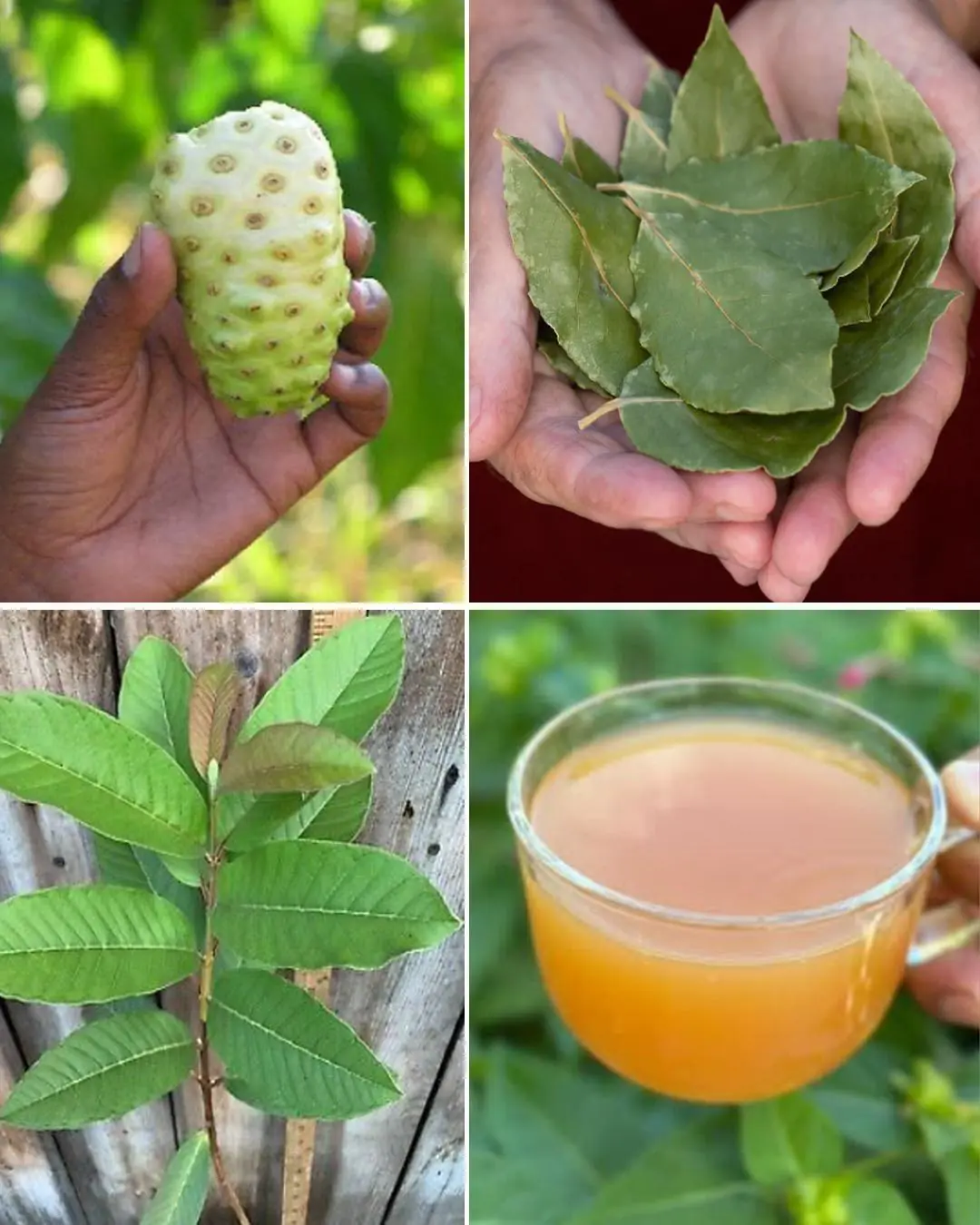
The Ultimate Healing Tonic: A Powerful Drink to Combat Swollen Feet, Diabetes and Poor Circulation
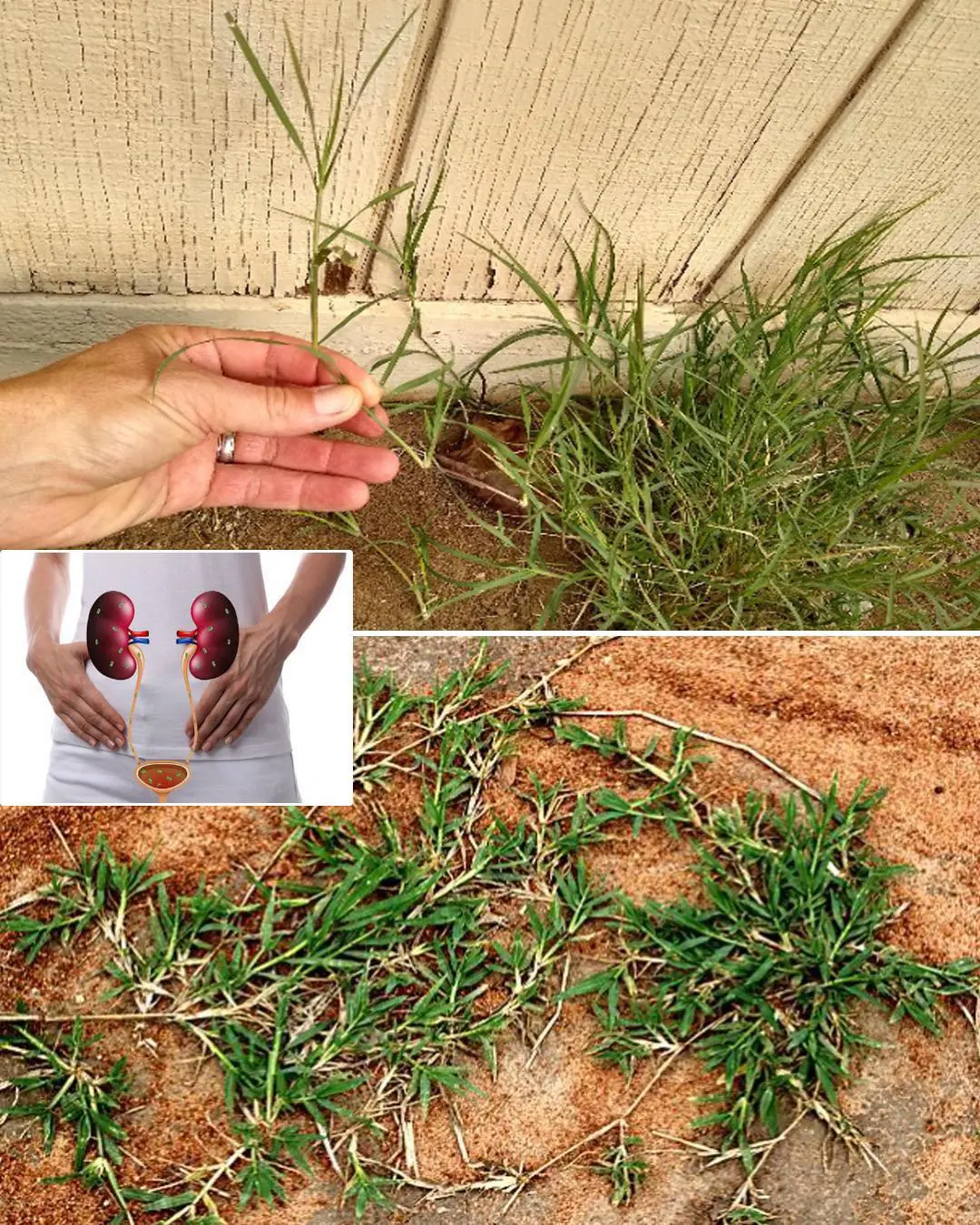
Cynodon dactylon (Bermuda Grass): Benefits and Uses
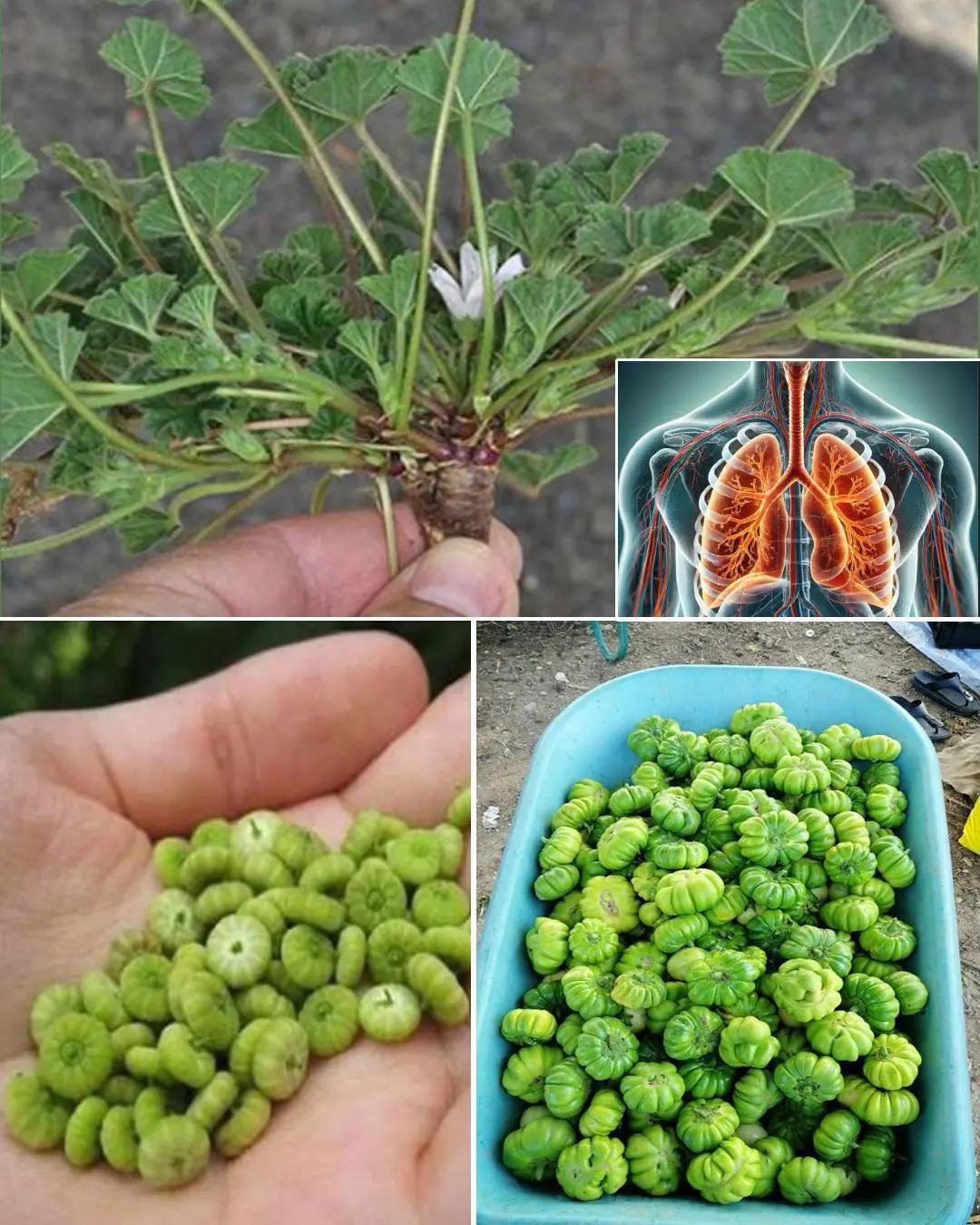
Exploring the Health Benefits of Common Mallow: A Nutritional Powerhouse
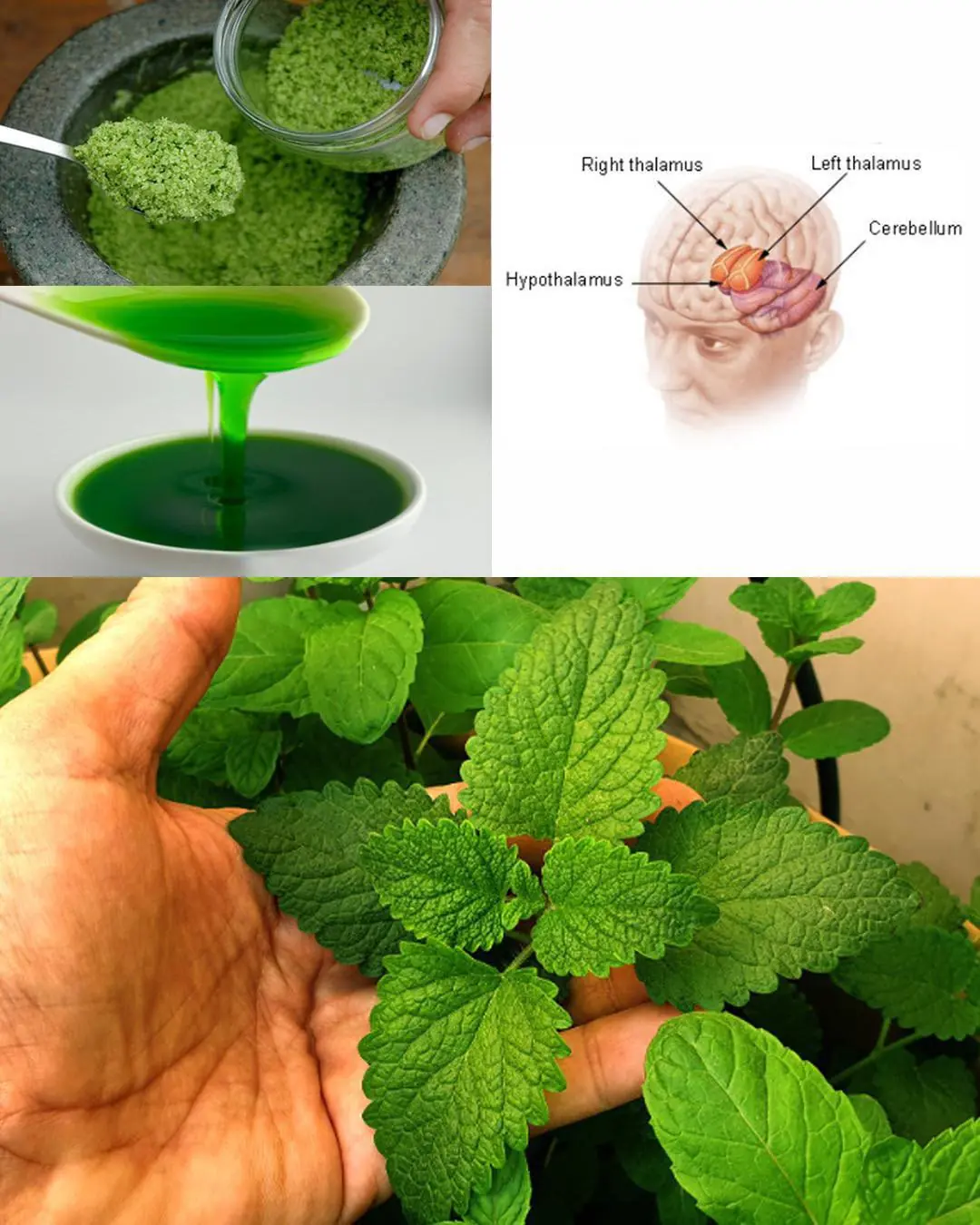
Mint: The Miracle Herb for Health, Healing, and Refreshment
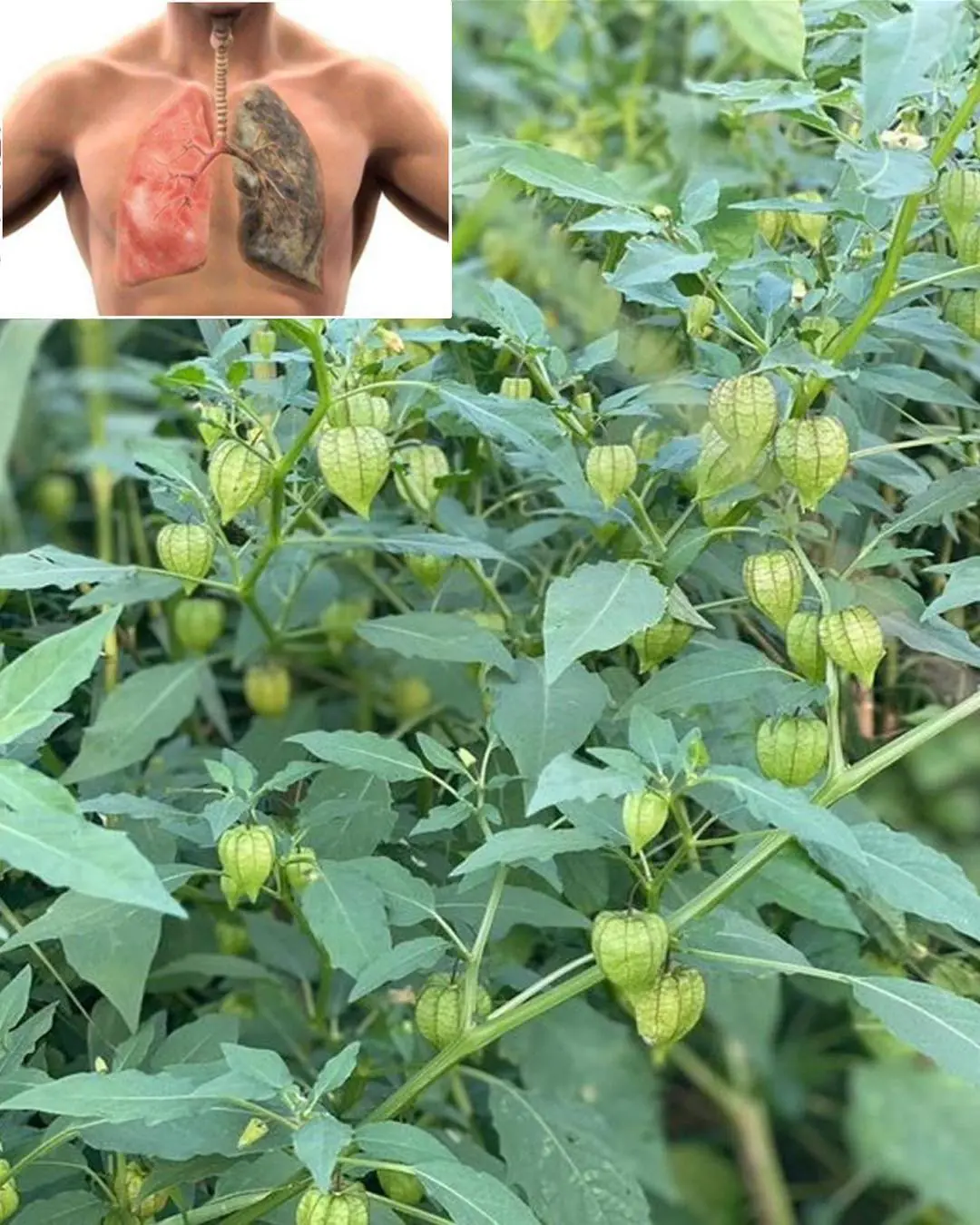
Goldenberries (Physalis peruviana): A Nutrient-Packed Powerhouse for Health and Vision
News Post

The Powerful Health Benefits of Papaya Seeds: Why You Should Include Them in Your Diet

The Wonderful Hazel Tree (Corylus avellana): Nutrition, Healing, and Traditional Uses of Every Part

Boiling a Whole Avocado: The Secret to Softness, Nutrition, and a Delicious Baked Recipe

The Hidden Healing Power of Papaya Leaves

Sugar Apple (Annona squamosa): A Sweet Fruit with Powerful Health Benefits

If you find a centipede at home, here is what it means...

Why We Feel That Little Electric Sh0ck When We Touch Another Person—Science Explains

If a Man Doesn’t Appreciate You, Here’s What You Should Do

25 Worrying Signs Your Body Is Trying to Warn You of Serious Health Problems (and What to Do About Them)

The Hidden Power of Lactuca serriola Root (Prickly Lettuce Root)

Why You Should Stop Waking Up to Urinate
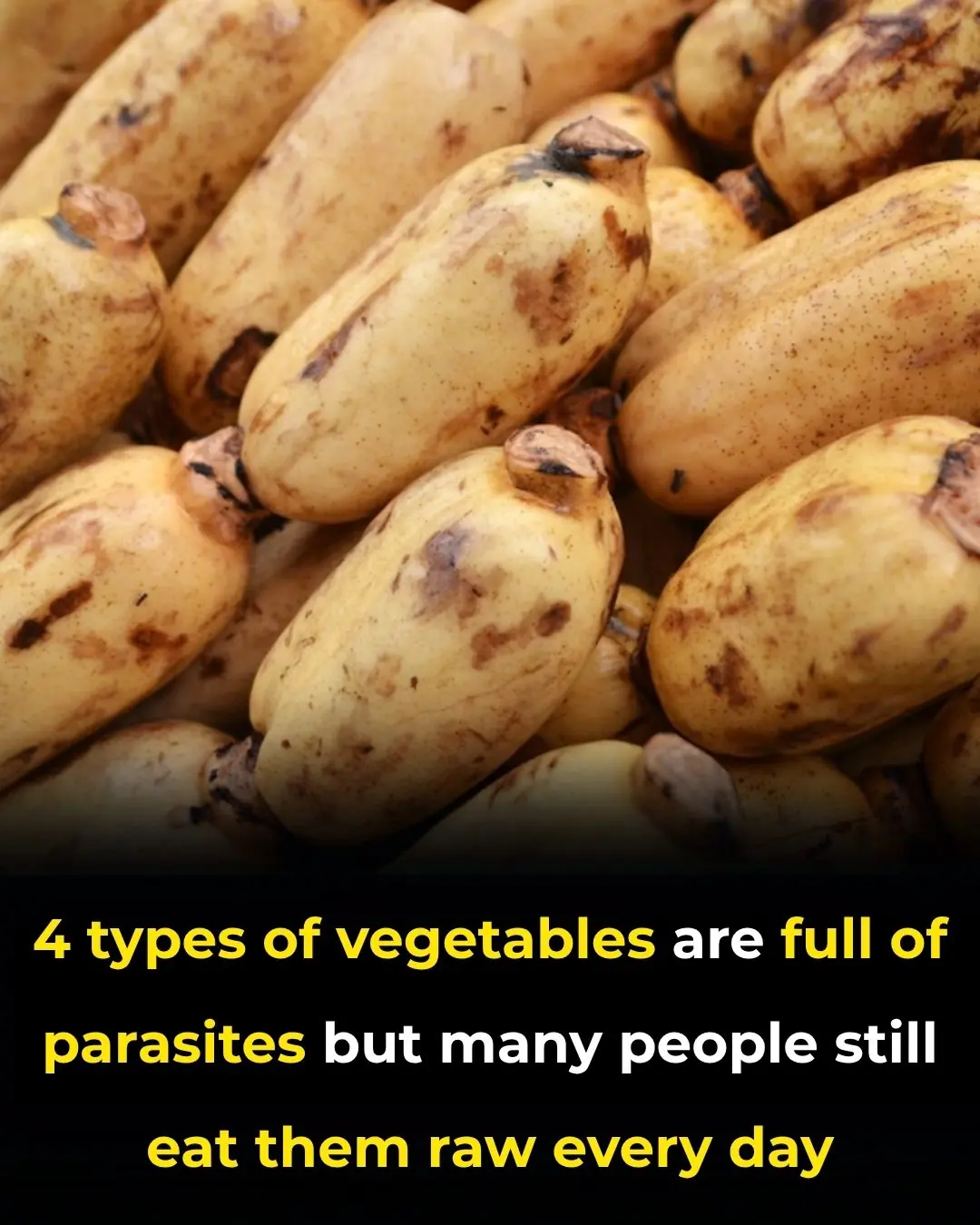
4 types of vegetables are full of parasites but many people still eat them raw every day

Hidden Dangers in Your Mouth: Early Signs of Oral Cancer

Maple Trees from Root to Crown: A Complete Guide to Every Edible Part

7 Signs of Arthritis You Shouldn't Ignore

California Poppy: Nature’s Gentle Remedy for Relaxation and More

What is its purpose. see details

When a woman stops loving a man, she begins…

5 hygiene mistakes that many people make... but no one dares to talk about...
